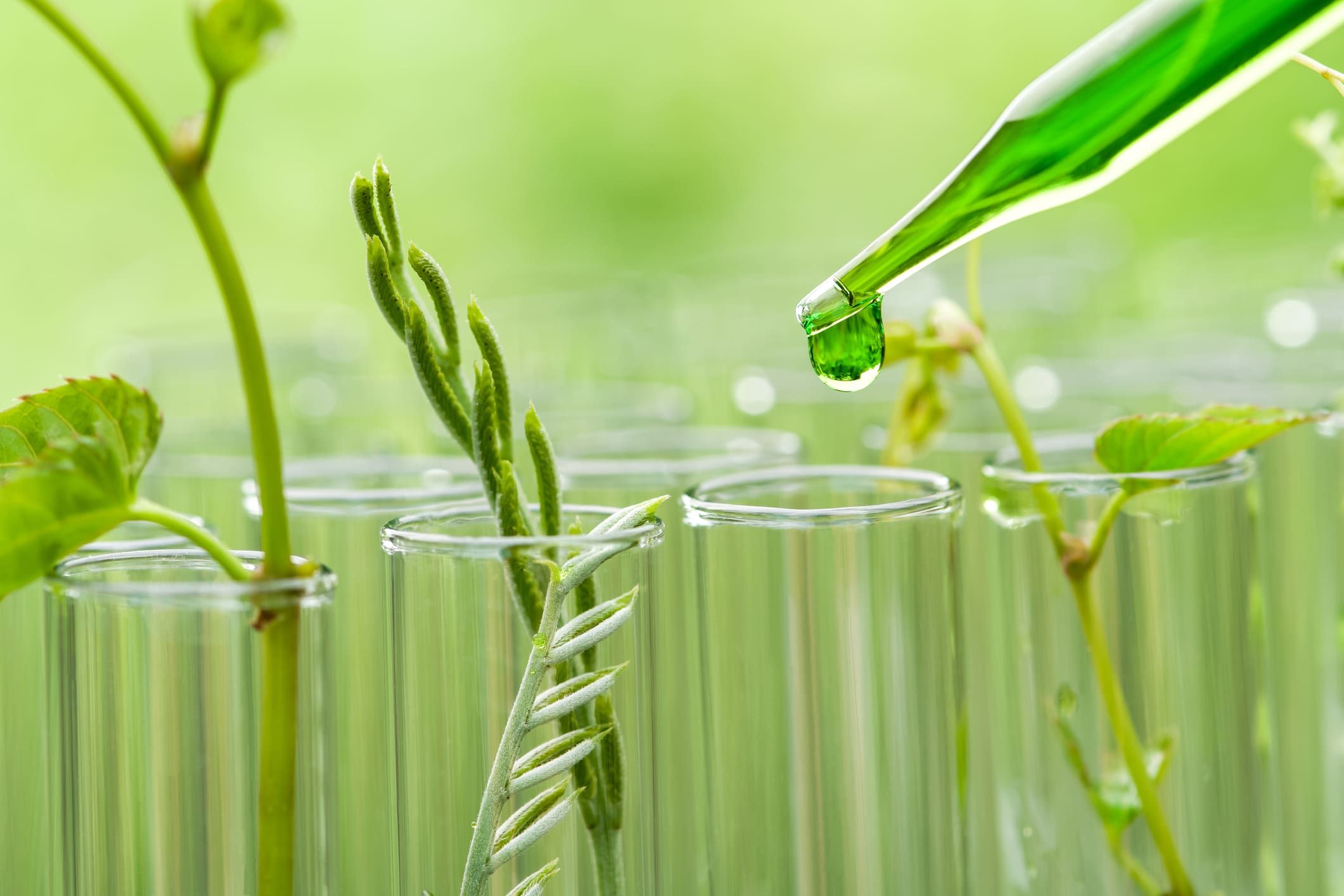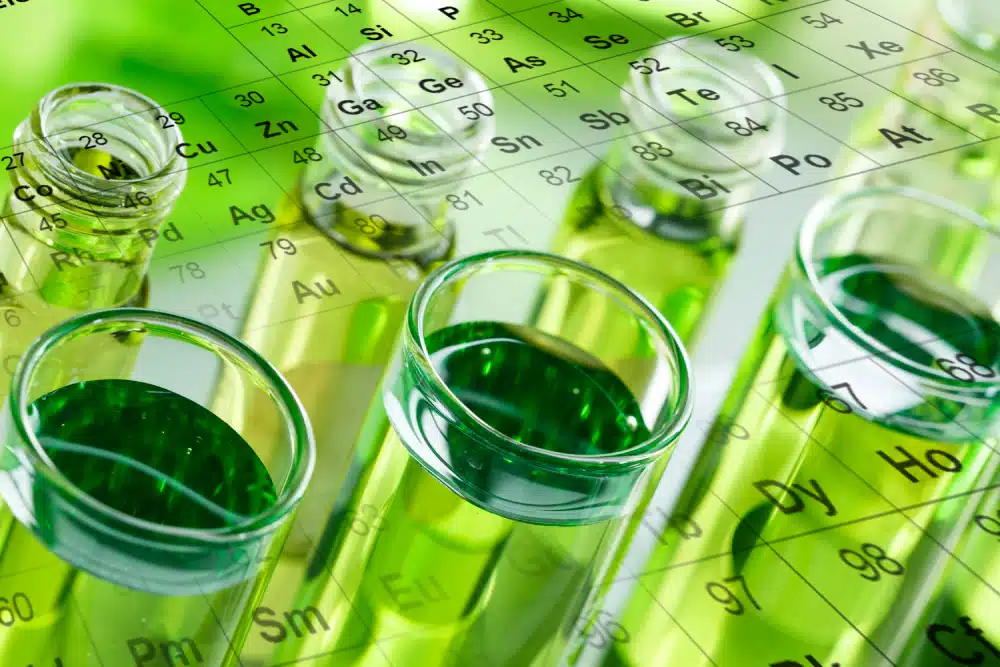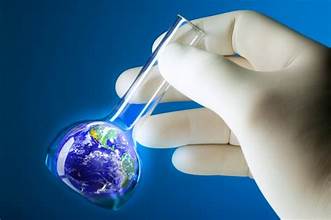
In 2024, green chemistry continues to evolve with remarkable advancements in chemical reaction innovations. These breakthroughs are transforming how industries approach sustainability, efficiency, and environmental impact. As global concerns about climate change and resource depletion grow, green chemistry emerges as a pivotal field, pushing the boundaries of traditional practices. This article explores the latest innovations in chemical reactions that are revolutionizing green chemistry this year.
What is Green Chemistry?
Green chemistry, also known as sustainable chemistry, focuses on designing chemical products and processes that minimize the use and generation of hazardous substances. The goal is to create environmentally friendly alternatives to traditional chemical processes, enhancing safety, reducing waste, and conserving resources.
1. Catalysis Enhancements
One of the most significant breakthroughs in 2024 is the advancement in catalytic processes. Catalysts are substances that accelerate chemical reactions without being consumed. Recent innovations have led to the development of more efficient and selective catalysts, reducing the energy required and increasing reaction yields.
a. Single-Atom Catalysts
Single-atom catalysts (SACs) have gained prominence for their exceptional efficiency and selectivity. Researchers have developed new SACs that offer improved performance in various reactions, including hydrogenation and oxidation. These catalysts enable more sustainable processes by reducing the need for excessive reagents and minimizing waste.
b. Biocatalysts
Biocatalysts, derived from natural enzymes, are another area of significant progress. Innovations in enzyme engineering have led to the creation of highly specific biocatalysts that operate under mild conditions. This reduces the environmental impact of chemical processes and enhances the sustainability of industrial applications.
Green synthesis techniques are revolutionizing how chemicals are produced, focusing on minimizing harmful byproducts and reducing energy consumption.
a. Microwave-Assisted Synthesis
Microwave-assisted synthesis is a breakthrough technique that accelerates chemical reactions by using microwave radiation. This method offers several advantages, including faster reaction times, higher yields, and reduced energy consumption. It has been successfully applied in the synthesis of pharmaceuticals, fine chemicals, and materials.
b. Solvent-Free Reactions
Solvent-free reactions are gaining traction as a green alternative to traditional solvent-based processes. Recent advancements have enabled the development of methods that eliminate the need for solvents, thereby reducing chemical waste and enhancing the overall sustainability of chemical manufacturing.
3. Sustainable Materials and Processes
The development of sustainable materials and processes is a key focus in green chemistry, aiming to reduce the environmental footprint of chemical production.
a. Renewable Feedstocks
Innovations in renewable feedstocks have led to the use of bio-based raw materials in chemical processes. Researchers are exploring the use of plant-derived chemicals and waste biomass as alternative feedstocks, reducing reliance on fossil fuels and promoting a circular economy.
b. Recyclable Polymers
The creation of recyclable polymers represents a significant advancement in material science. Recent breakthroughs have led to the development of polymers that can be easily recycled and repurposed, reducing plastic waste and minimizing environmental impact.
4. Energy-Efficient Processes
Energy efficiency is a critical aspect of green chemistry, and new innovations are focusing on reducing the energy required for chemical reactions.
a. Electrochemical Processes
Electrochemical processes use electricity to drive chemical reactions, offering a cleaner alternative to traditional methods. Recent developments in electrochemical cells and electrodes have enhanced the efficiency and scalability of these processes, making them viable for large-scale applications.
b. Photocatalysis
Photocatalysis harnesses the power of light to drive chemical reactions. Innovations in photocatalytic materials and systems have improved the efficiency of light-driven reactions, offering a sustainable approach to chemical synthesis and environmental remediation.
5. AI and Machine Learning in Green Chemistry
Artificial Intelligence (AI) and machine learning are transforming green chemistry by optimizing reaction conditions and predicting outcomes. These technologies enable researchers to design more efficient and sustainable chemical processes by analyzing vast amounts of data and identifying patterns that would be challenging to detect manually.
a. Predictive Modeling
Predictive modeling uses AI algorithms to forecast the outcomes of chemical reactions based on various parameters. This approach allows scientists to optimize reaction conditions, reduce trial-and-error experimentation, and accelerate the development of new green chemistry techniques.
b. Automation and High-Throughput Screening
Automation and high-throughput screening technologies enable the rapid testing of multiple reaction conditions and catalysts. These innovations streamline the process of discovering new green chemistry methods and accelerate the development of sustainable solutions.
Conclusion
The breakthroughs in chemical reaction innovations in 2024 are driving significant advancements in green chemistry. From enhanced catalysts and sustainable synthesis techniques to energy-efficient processes and the integration of AI, these developments are reshaping the field and paving the way for a more sustainable future. As the world continues to confront environmental challenges, green chemistry will play a crucial role in creating safer, more efficient, and environmentally friendly chemical processes.

